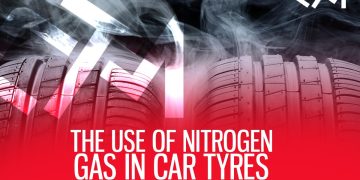Aquaplaning is a hazardous phenomenon that occurs when a layer of water accumulates between the tires of a vehicle and the road surface, leading to a loss of traction and control. Tires play a crucial role in reducing aquaplaning risk, as their design and condition determine how effectively a vehicle can maintain contact with the road during wet conditions.
Tread Design and Spies: The First Line of Defense
The tread pattern on a tire is not just for creativity; it serves a critical purpose. The grooves, sipes, and channels in the tread design are specifically engineered to disperse water away from the tire’s contact patch. This helps prevent water from building up and causing the vehicle to lose grip.
Sipes are small slits in the tread blocks, while channels are larger grooves that run laterally across the tread. These features work in combination to create paths for water to escape, allowing the tire to maintain contact with the road surface. Tires with well-designed sipes and channels are more effective at resisting aquaplaning.
Tire Pressure and Tread Depth: Key Considerations
Maintaining the recommended tire pressure is crucial for optimal traction on wet surfaces. Underinflated tires reduce the tire’s contact area with the road, leading to a higher risk of aquaplaning. Properly inflated tires provide better control and responsiveness in wet conditions.
Adequate tread depth is essential for efficient water evacuation. As tires wear down, their ability to disperse water decreases. The legal minimum tread depth varies by control, but experts recommend changing tires when the tread depth reaches around 3–4 millimeters to ensure safe wet-weather performance.
Quality and Maintenance matter
Investing in high-quality tires can significantly reduce aquaplaning risk. Premium tires often feature advanced materials and innovative tread designs that enhance their water evacuation capabilities. While they may have a higher upfront cost, the safety benefits are invaluable.
Regular tire maintenance, including visual inspections and rotating the tires, is crucial. Bald spots or uneven wear can compromise a tire’s ability to disperse water effectively, increasing the risk of aquaplaning.
Aquaplaning is a significant concern in wet weather, underscoring the tire’s role in prevention. Tread design, tire pressure, and tread depth collectively determine a vehicle’s traction on slippery surfaces. Recognizing the importance of well-designed, well-maintained tires empowers drivers for safer wet road travel.









